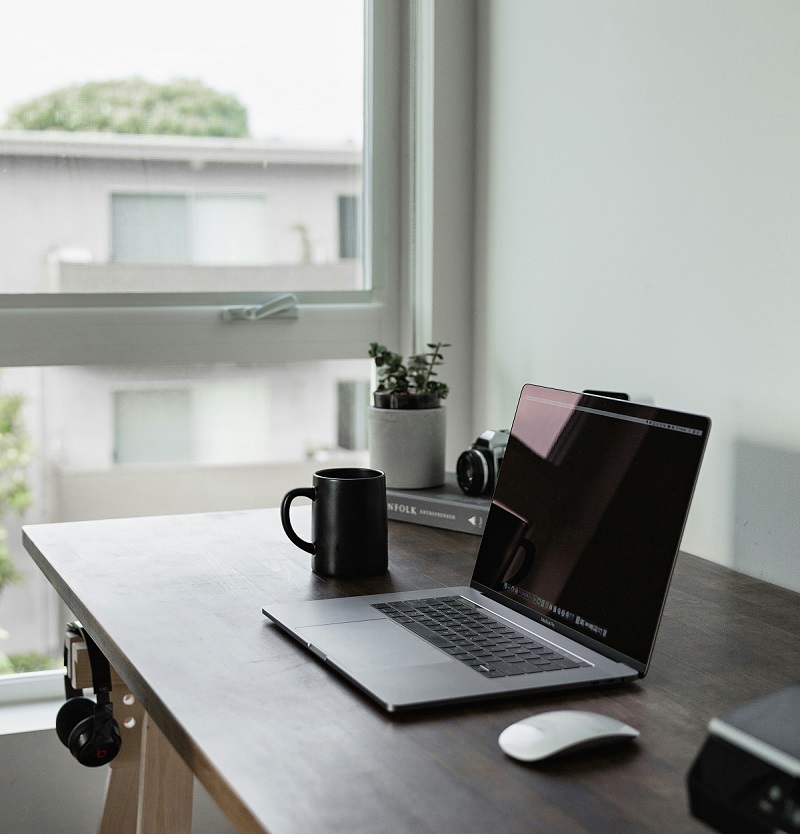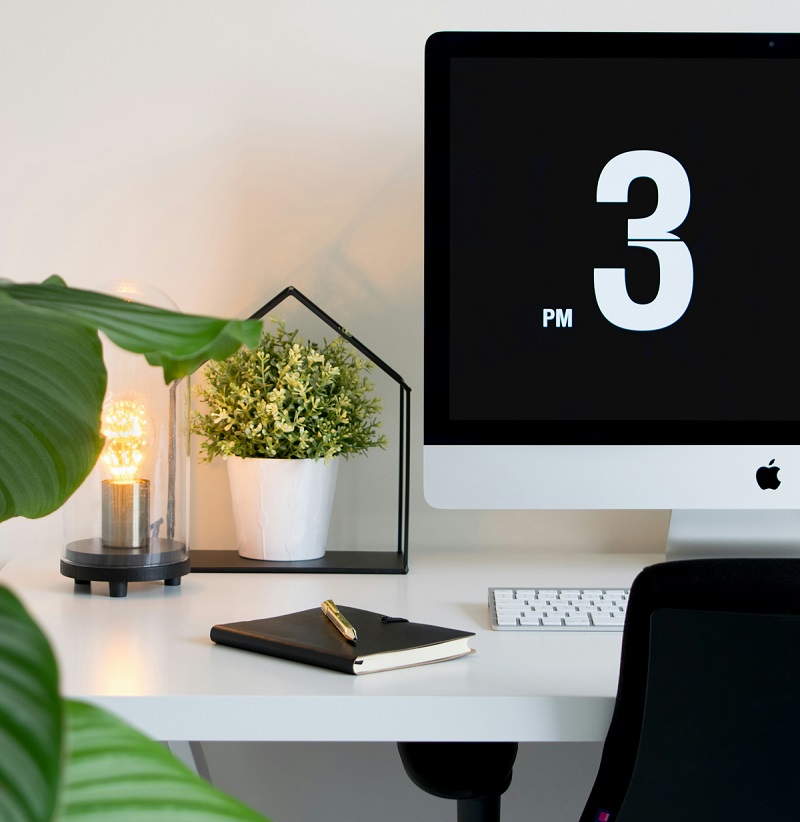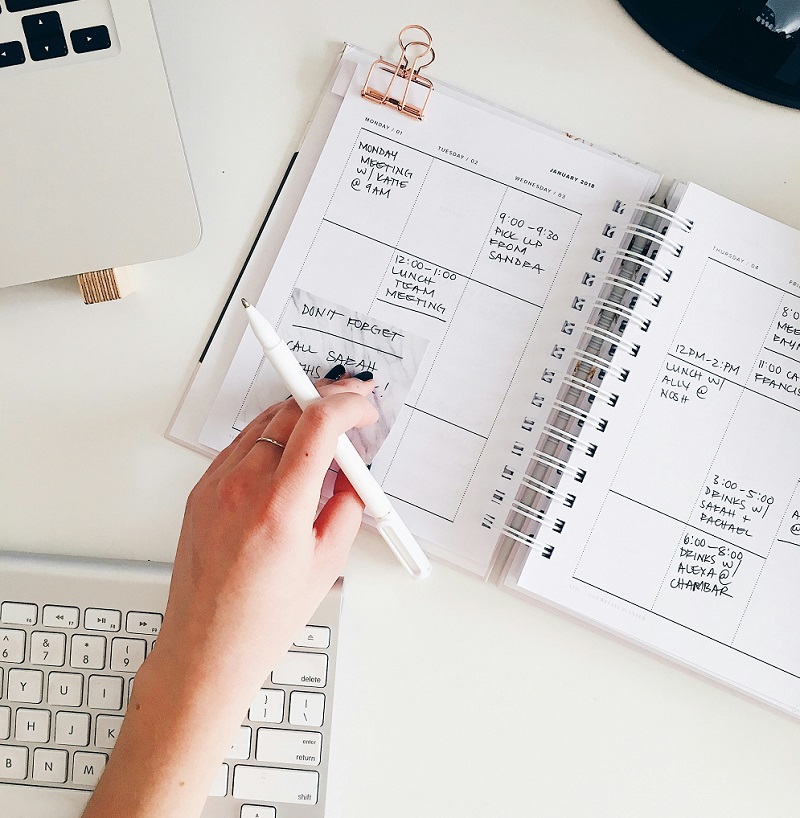
In the evolving landscape of work, more ad more people find themselves embracing the remote work lifestyle. While working from home offers flexibility, it also comes with its set of challenges, particularly in maintaining overall wellbeing. In this article, we’ll explore effective tips to enhance productivity and promote wellbeing while working from home.
1. Setting Boundaries and Work-Life Balance
Maintaining a clear boundary between the professional and personal aspects of your life is an integral component of a successful remote work experience. In the realm of telecommuting, where the lines between work and home can easily blur, establishing well-defined parameters becomes even more crucial. One pivotal strategy to achieve this balance is to rigorously adhere to set working hours.
By delineating specific work hours, you create a structured framework for your daily routine. This structure not only enhances your own organisational discipline but also communicates to others when you are available for work-related activities. This clarity is invaluable in preventing the encroachment of work into your personal time, mitigating the risk of burnout, and fostering a healthier work-life equilibrium.
2. Establishing a Comfortable Workspace
Creating a dedicated and comfortable workspace is essential for reducing stress and physical fatigue. Choose a quiet area with good lighting and invest in ergonomic furniture to support proper posture. Consider incorporating elements of office interior design to create an inspiring atmosphere that boosts creativity and focus. This not only improves productivity but also contributes to your overall physical wellbeing.

When establishing your home office sanctuary, carefully deliberate on the location. Opt for a serene and quiet area that serves as an oasis of tranquility amid the hustle and bustle of daily life. This deliberate choice not only minimises external distractions but also creates a serene ambiance that sets the tone for focused and uninterrupted work.
Lighting plays a pivotal role in shaping the atmosphere of your workspace. Natural light is often touted as an elixir for mood enhancement and productivity. Position your workspace strategically to harness as much natural light as possible. In instances where natural light is limited, invest in quality artificial lighting solutions that emulate the brightness and warmth of daylight, fostering an environment conducive to alertness and creativity.
3. Prioritising Regular Breaks
Combat physical fatigue by incorporating short breaks throughout your workday. Stand up, stretch, and move around to avoid stiffness and improve circulation. These brief pauses can significantly impact your energy levels and help reduce the physical strain of prolonged sitting.
4. Embracing Technology for Connection
Isolation can contribute to stress and negatively impact mental wellbeing. Leverage technology to stay connected with colleagues through virtual meetings, chats, or collaborative platforms. Social interaction, even in a digital format, fosters a sense of belonging and combats feelings of loneliness.
5. Incorporating Mindfulness Practices
Incorporating mindfulness practices into the fabric of your daily routine is a profound strategy that transcends the realms of personal enrichment to become a cornerstone for significantly enhancing your mental wellbeing, especially in the context of the dynamic challenges posed by remote work. Embracing activities such as meditation, deep breathing exercises, or yoga can be transformative, serving as potent tools to alleviate stress, cultivate resilience, and foster a serene mindset in the face of the daily rigors of professional life conducted from home.
Meditation, with its roots in ancient contemplative traditions, offers a unique opportunity to center yourself amidst the hustle and bustle of the workday. Allocating even a few minutes to meditative practices can bring about a sense of calm and mental clarity, acting as a powerful antidote to the often overwhelming nature of a busy remote work schedule. By cultivating a practice of mindfulness meditation, you not only enhance your ability to navigate stressors but also lay the foundation for improved focus and cognitive function.

Additionally, stepping outside for a rejuvenating walk amid nature can be a powerful extension of these practices. Exposure to natural light and the rhythmic pace of a stroll can elevate your mood, boost creativity, and provide a refreshing interlude to your workday. Whether during breaks or as a deliberate transition between work tasks, incorporating a walk outside becomes a holistic means of enhancing both physical and mental wellbeing.
6. Establishing a Routine
Maintain a consistent daily routine to provide structure and stability. Wake up and go to bed at the same time each day, plan regular meals, and schedule specific work hours. A predictable routine helps reduce stress by eliminating uncertainties and creating a sense of control.

7. Healthy Snacking and Hydration
Nutrition plays a vital role in both physical and mental wellbeing. Opt for nutritious snacks and stay hydrated throughout the day. Avoid excessive caffeine intake, as it can contribute to restlessness and disrupt sleep patterns.
Working from home offers unique opportunities for flexibility and comfort, but it’s crucial to prioritise both productivity and wellbeing. By establishing a conducive workspace, setting boundaries, prioritising breaks, embracing technology for connection, incorporating mindfulness practices, establishing a routine, and maintaining a healthy lifestyle, you can create a balanced and fulfilling remote work experience.
Remember, these tips are adaptable, and finding what works best for you is key to achieving a harmonious work-life balance while working from home.

Mountains, trails, paddleboards – if it’s outdoors, I’m probably obsessed with it! As an Outdoor Adventure and Travel Editor, I’m always seeking my next escapade. Through my blog, I share adventure stories, mountain-tested advice, healthy food inspiration, and training tips.
Follow Sam’s adventures on Instagram @sams_adventures_x